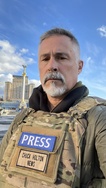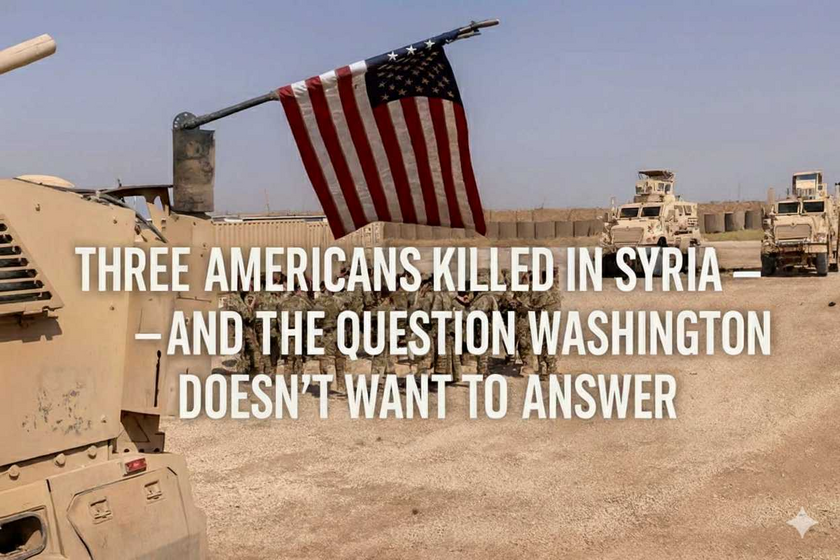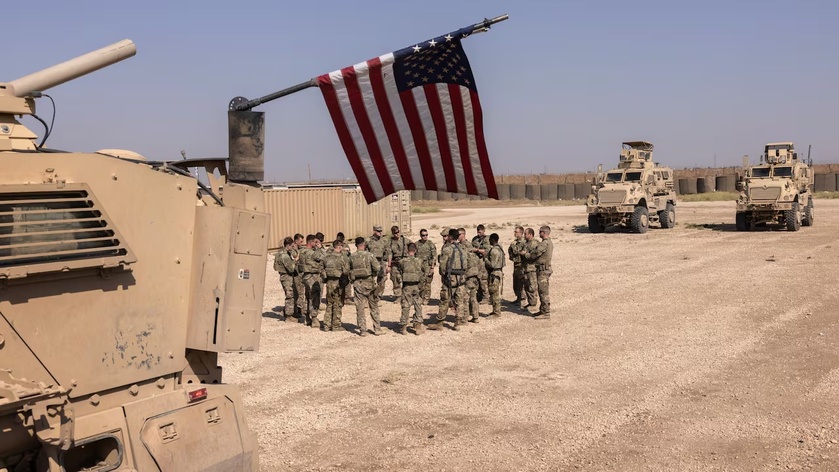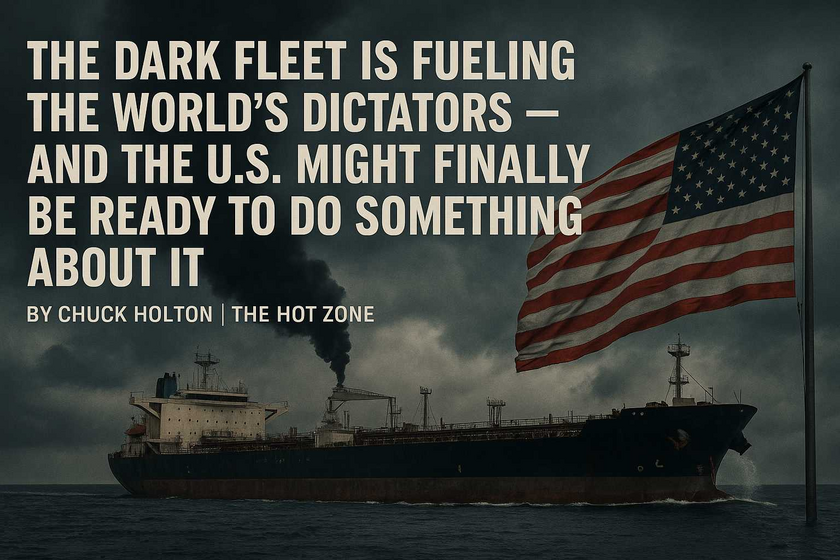Putin’s "Ceasefire" Game: A Threat to Ukraine and NATO
If you’ve heard reports that Vladimir Putin has agreed to a ceasefire in Ukraine, don’t believe them. The Russian leader is playing games with the process, and he has no real intention of stopping his war machine. His so-called "agreement" with the idea of a ceasefire is nothing more than a stalling tactic designed to weaken Ukraine and manipulate the West into making dangerous concessions. This isn't about peace—it's about power. And NATO needs to take the threat seriously.
Putin’s rejection of the US-backed ceasefire proposal wasn’t outright—he’s far too strategic for that. Instead, he twisted the terms to serve his own objectives. The original deal, negotiated between the US and Ukraine in Jeddah, Saudi Arabia, called for a renewable 30-day cessation of hostilities, a halt on long-range missile and drone strikes, and a pause on Black Sea operations. But Putin immediately sought to shift the goalposts. His counteroffer demands impossible conditions, such as a halt to Western military aid to Ukraine and restrictions on Ukraine’s ability to mobilize and train its forces—while allowing Russia to continue its own war preparations.
Putin’s version of a ceasefire is not a step toward peace. It’s a strategy to disarm Ukraine, forcing Kyiv into a vulnerable position while Russia regroups and prepares for future offensives. If Putin were truly interested in peace, he wouldn’t be launching new offensives in Kursk and Sumy, where Russian forces continue to push deeper into Ukraine. Instead, he’s leveraging the ceasefire process as a way to gain an advantage on the battlefield and at the negotiation table.
What’s even more alarming is the broader threat Putin poses to NATO. Russian officials, including longtime Kremlin insider Nikolai Patrushev, have started using the same rhetoric against NATO members—particularly Finland and the Baltic states—that they used to justify the invasion of Ukraine. Patrushev has even suggested that the Gulf of Finland has "historical ties" to Russia and warned that Finland is being used as a "springboard" for Western aggression. Sound familiar? These are the same false narratives Moscow used to claim that Ukraine was a security threat before launching its full-scale invasion.
Meanwhile, Russia is expanding its military presence in Belarus under the guise of "security cooperation." This isn’t just about Ukraine—it's about positioning Russian forces closer to NATO’s eastern flank. Putin is testing the West’s resolve, looking for cracks in NATO’s unity. If he senses weakness, he will push further. The time to take this threat seriously is now.
Putin has no interest in an honest ceasefire. His goal remains unchanged: to break Ukraine, force the West into submission, and reshape the security landscape of Europe to his advantage. The United States and its allies cannot fall for his deception. Strength and unity are the only things that will stop him. If NATO wavers, Putin’s next target won’t be just Ukraine—it could be one of our own.



















